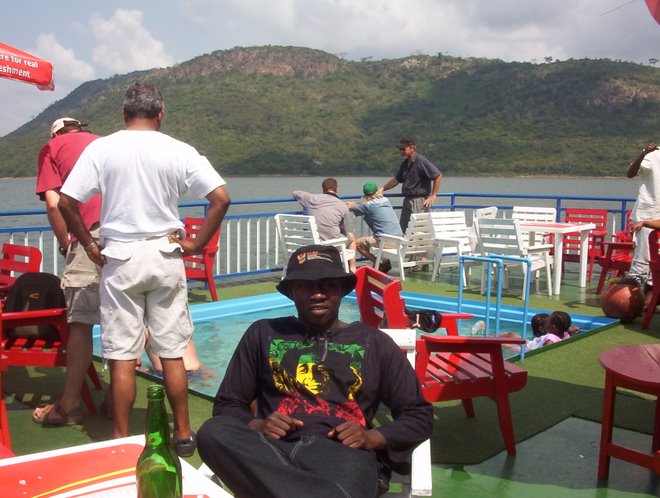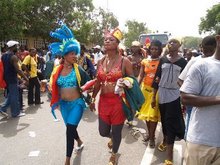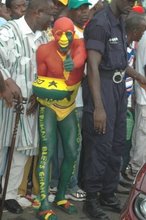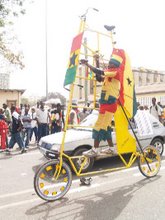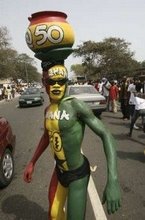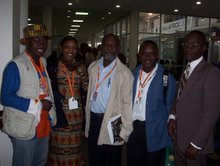Traffic congestion on Kumasi roads is becoming an ever-present nightmare for road users, negatively affecting productivity and the environment.
The road transport infrastructure in the metropolis has not kept pace with the increased number of vehicles that have been bought as a result of the city’s significant economic growth in recent years, itself uderpinned by a boom in consumer spending.
The city of Kumasi has spread out over the past years. Being the second largest city in Ghana it is experiencing rapid urbanisation and accelerated population growth and an exploded traffic on the road. Nowhere is this more evident than in the Central Business District (CBD) and on other arterial roads.
One result of this phenomenon is the severe traffic congestion as witnessed on the Lake Road, 24th February Road and the Sunyani Road which results in loss of working time, affecting productivity, higher vehicle running cost and negative environmental impact.
Information at the Driver and Vehicular Licensing Authority (DVLA) indicate that the number of vehicles imported into Kumasi keep increasing year after year.
Owing to inadequate public transport options in the metropolis, private cars are more a necessity than a choice.
An upwardly mobile middle class, coupled with increased access to car finance, and the entry of a greater range of less-expensive vehicle models (second hand) into the market have all contributed to the rise in vehicles on the roads.
Because there is too much private cars than the public transport, people are running away from public transport, because it is not that much good, reliable and enough, as they want it to be.
Hitherto, bumper to bumper traffic was uncommon in Kumasi but it has become prevalent nowadays on many arterial roads in the metropolis.
Surprisingly however, it has been observed that at certain intersections in the metropolis, where traffic lights are located, vehicular movement becomes slow and traffic normally jams when the traffic lights are operating normally.
But when the lights go off, or was put only on amber, traffic flow is fast and smooth. The question then is - what is the essence of the traffic lights at those areas, if its presence impede on traffic flow.
Areas where this is prevalent is the traffic lights at the Kumasi Club, the one in front of the offices of the Kumasi Metropolitan Assembly (KMA), Krofrom and Abrepo Junction.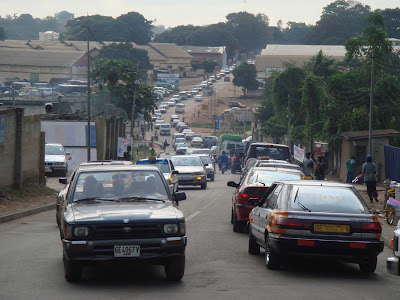
Some residents interviewed expressed worry about the traffic situation and called on the city authorities to institute measures to help curb the situation.
Mr Kofi Abebrese, a resident of Ashtown on his part said he reckon that, vehicular traffic congestion was one of the characteristics of a developing city and Kumasi was no exception.
“But city authorities also need to develop our road networks in tandem with the development of the city”, he said and maintained that the situation of the current traffic congestion was bad since it affects businesses and appointments.
He called for the speedy completion of the Asafo interchange and said the government also needed to construct more interchanges in the metropolis at various intersections so as to help curtail the traffic situation.
Mr George Frimpong, a taxi driver said the traffic situation was affecting the commercial taxi business, since taxi drivers now spend more fuel to transport passengers to their destinations by spending more time in traffic.
It is essential to augment existing transport infrastructure through the construction of more roads and interchanges to help ease the road. But that is also a very complex, slow-moving and capital-intensive process.
For instance, the Asafo-UTC interchange project, which was commenced two years ago and was to be completed in 18 months, is well over 24 months and even not yet completed yet.
Because of the closure of the Asafo Roundabout to make way for the construction of the interchange, traffic on alternative routes have intensified and have been “bumper to bumper” all this while.
Passengers form queues at bus stops, especially in the rush hour as vehicles jam the roads. The hassle is very evident, especially during rush hours in the mornings and evenings and sometimes in the afternoon at the central business district.
Information from the Urban Roads Department in Kumasi indicates that government has secured funds from donor partners to implement various road projects in the metropolis as a way of helping to reduce the traffic congestion and its related problems.
And indeed, the President, Mr J. A. Kufuor himself has cut sod for the commencement of those projects but the contractors are yet to be seen on site working. The projects include the road from the Komfo Anokye roundabout through Bekwai roundabout, Sofoline roundabout to Abuakwa Road with interchanges at various intersections and the Oforikrom -Asokwa by - pass also with an interchange at Timber Gardens intersection. All these roads are expected to be made dual carriage ones.
It would be appreciated if the implementing agencies would speed up the projects so as to help ameliorate the traffic congestion and its related problems on residents of the Kumasi metropolis.





